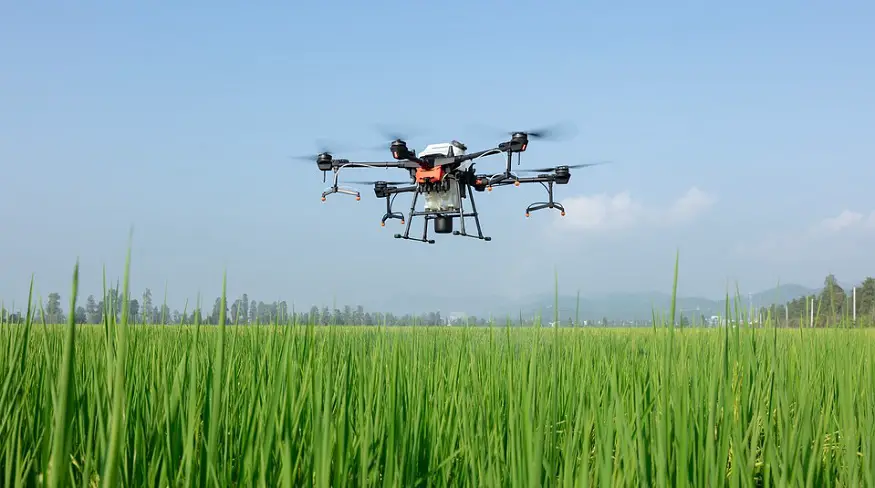
H2 UAVs from Insitu could change drone propulsion
March 26, 2021The company has just released new details about its most recent moves in unmanned aerial vehicle power.
Insitu has announced the latest details of its moves to advance the technology needed for H2 UAVs.
Insitu is a wholly-owned Boeing subsidiary working on fuel cells for unmanned aerial vehicles.
In December 2020, the company announced that its first ScanEagle UAV flight had been completed. That flight was powered by a hydrogen fuel cell electric proton exchange membrane (PEM) cell.
The flight lasted for thirty minutes and demonstrated the initial performance characteristics of the H2 UAVs. Among them included the climb rate, the power output, and the intrinsic aerodynamic flight characteristics for the UAV fuelled by an onboard liquid hydrogen storage tank. This was a test flight for an aircraft that is slated for later this year.
In February 2021, the first fill test was made with the ScanEagle3 UAV. It successfully completed a fill of liquid hydrogen using pressure sand vapor generation testing at the Hydrogen Properties for Energy Research (HyPER) Lab at Washington State University.
According to Insitu, the liquid hydrogen tank is an industry first for H2 UAVs.
This alternate form of tank is expected to give the ScanEagle3 more than ten hours of endurance. The results from the tests in December and February confirmed the operation performance metrics for the liquid H2 tank for future ScanEagle3 flights built with a PEM fuel cell power system.
“For our global defence customers, fuel cell-powered UAVs in this Group 2 space represent a significant gamechanger in the battlespace,” said Insitu Pacific Managing Director Andrew Duggen. “Operationally, fuel cell-powered platforms provide the potential for longer endurance missions, increased power availability for payloads, as well as significant reductions in noise signature.”
The tests on the H2 UAVs are a direct reflection of the rising interest the defense industry has in the potential for hydrogen fuel cell technology, including everything from environmental to operational advantages. The new cell used by Insitu offers improved ISR tracing as well as thermal and acoustic  that are notably lower than traditional internal combustion (IC) powered aircraft. This suggests that it would make it possible to use mission routes much nearer to the target locations.
that are notably lower than traditional internal combustion (IC) powered aircraft. This suggests that it would make it possible to use mission routes much nearer to the target locations.


 With over 15 years of reporting hydrogen news, we are your premier source for the latest updates and insights in hydrogen and renewable energy.
With over 15 years of reporting hydrogen news, we are your premier source for the latest updates and insights in hydrogen and renewable energy.